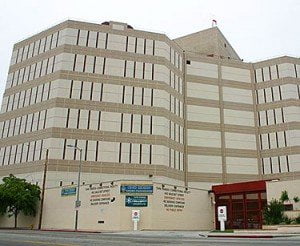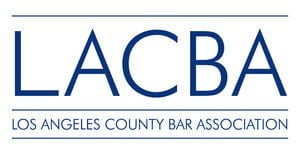Split Sentencing in Los Angeles
In 2011, California AB 109 created split sentencing – the option for judges to allow offenders to serve part of their sentence in county jail and the rest on supervised community release. Although here in Los Angeles, the district attorney’s office was slow to adopt the new practice.

That’s changed since 2014, when District Attorney Jackie Lacey instructed prosecutors to request split sentences in appropriate cases.
When the state of California passed Assembly Bill 109 — also known as the California Criminal Justice Realignment Act of 2011 or California’s Prison Realignment Plan — one of the provisions of the law created split sentencing, which allows judges to impose sentences where the offender serves part of his time in county jail and the balance under supervised probation.
Split sentencing as a response to prison overcrowding in California
Split sentencing has the potential to reduce the amount of time an offender serves behind bars in a county jail like the notorious Twin Towers Correctional Facility in Los Angeles.
Before AB 109, offenders sentenced to state prison frequently served much less time than their entire sentence due to prison overcrowding. For example, someone sentenced to four years in state prison for a non-serious, non-violent, and non-sexual crime may have only served as little as two and half years, and was then released back into the community without supervision. But under AB 109, that same four-year sentence can now be served with a year in county jail and three years under the supervision of the county probation department.
Benefits of split sentencing
Proponents of split sentencing say that supervised release not only saves money and reduces the state prison population, but can also help offenders go straight upon their re-entry into society. The county probation department provides intensive oversight to individuals that are on supervised release, requiring them to undergo a range of rehabilitative services, such as drug treatment or anger management counseling. This is in contrast to prisoners who do not receive split sentences and are released from prison without any supervision after serving their time. The rehabilitative services are administered by the county but paid for by the state.
Split sentencing gets a slow start in Los Angeles
Here in Los Angeles county – the most populous county in the state – split sentencing has been slow to catch on. As of 2014, three years after the enactment of AB109, only 6% of felons in Los Angeles County were given a split sentence, compared to 80% in nearby Riverside County. One of the reasons prosecutors in Los Angeles have been reluctant to embrace split sentencing was because they felt that the state legislators imposed realignment too quickly, without sufficient planning or study. They also reportedly were unsure of the effect it would have on recidivism rates, although most data shows that community supervision, if properly administered, can be an effective rehabilitation tool.
L.A. gets on board with split sentencing
Los Angeles County has come around, however. In July 2014, District Attorney Jackie Lacey said that her office was ready to embrace realignment, and she instructed prosecutors to request split sentences in appropriate cases.
Since 2014, split sentences have become much more common here in Los Angeles. For example, if I work out a plea agreement for a felony which includes three years in county jail (instead of state prison, as per AB 109), I’ll then request a one-two split, meaning only one year will be spent behind bars, and two years will be on supervised probation. Often, I can even get more time taken off the jail term. And in cases where the DA won’t agree to it, sometimes the judge will.









